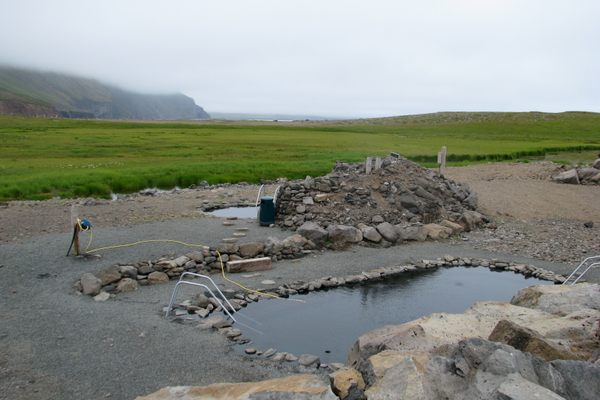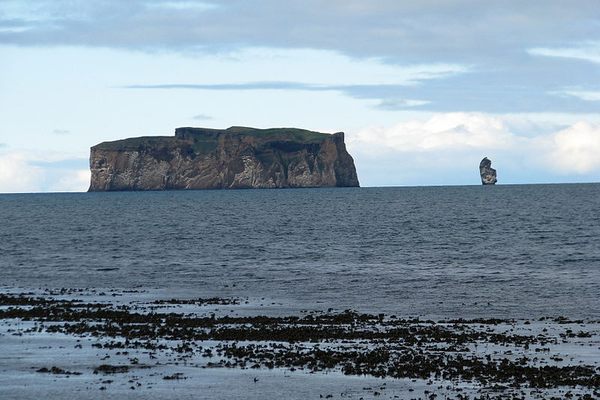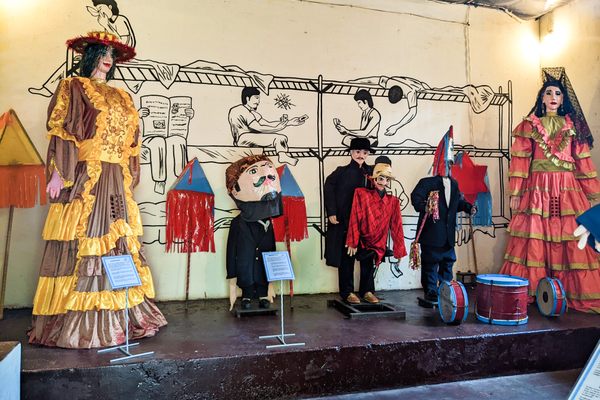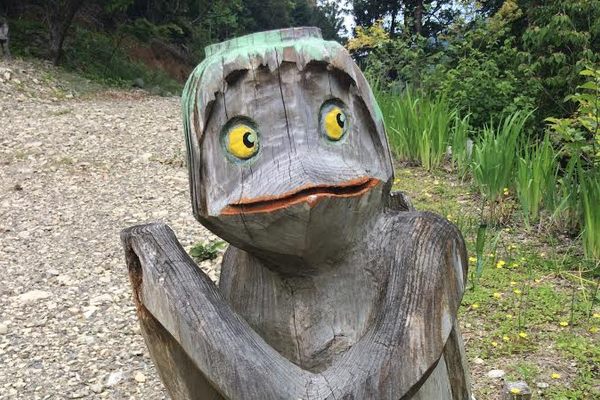Museum of Prophecies
This museum dedicated to divination also honors a local 10th-century prophetess.
This folklore museum is small and unassuming from the outside. But don’t be fooled by its modest exterior. Its flag proudly indicates that you’ve arrived at the “temple of fortune-tellers.”
When you enter, you’re greeted by two crows and a humble broomstick on display. There is a small seating area with reading material and a room devoted to teas, coffees, and various witchy (or otherwise) Icelandic trinkets. There is also a small café.
The museum is staffed by any number of its five founding ladies, only two of which are admitted spákona—fortune tellers. They are quick to correct you on the difference between “psychic medium” and “fortune-telling.” While psychic mediums glean their powers from mystic hidden realms, a fortune teller is merely a “vessel” by which the wisdom of the objects like runes, tarot, cups, and intestines is interpreted.
You are free to roam the museum at no charge. Around the museum are many exquisitely painted murals detailing the life and mythology of Þórdís, the local 10th-century prophetess. For a modest fee, a guide will interpret the murals for you and tell you about the prophetess, who every day climbed the mountain Spákonufell to brush her hair with a golden comb.
There are separate rooms devoted to different divination practices: tarot, palmistry, and coffee or tea leaves. Paying visitors may have their past, present, and future laid out for them. There are also small placards in both English and Icelandic that teach various divination techniques both across the world and unique to Iceland.
Know Before You Go
The museum is open from 1 p.m. to 6 p.m. and is closed on Mondays. In the winter, it's open to visitors by appointment only. To schedule an appointment, email dagny@marska.is or call (+354) 861 5089
















Follow us on Twitter to get the latest on the world's hidden wonders.
Like us on Facebook to get the latest on the world's hidden wonders.
Follow us on Twitter Like us on Facebook